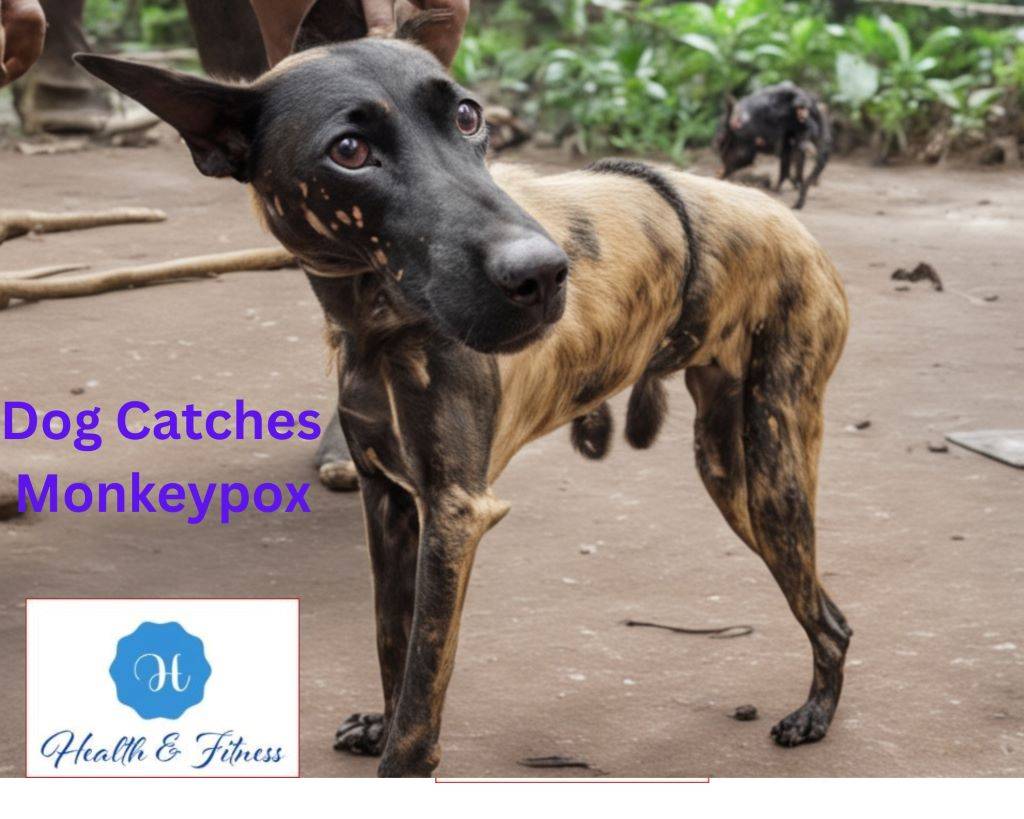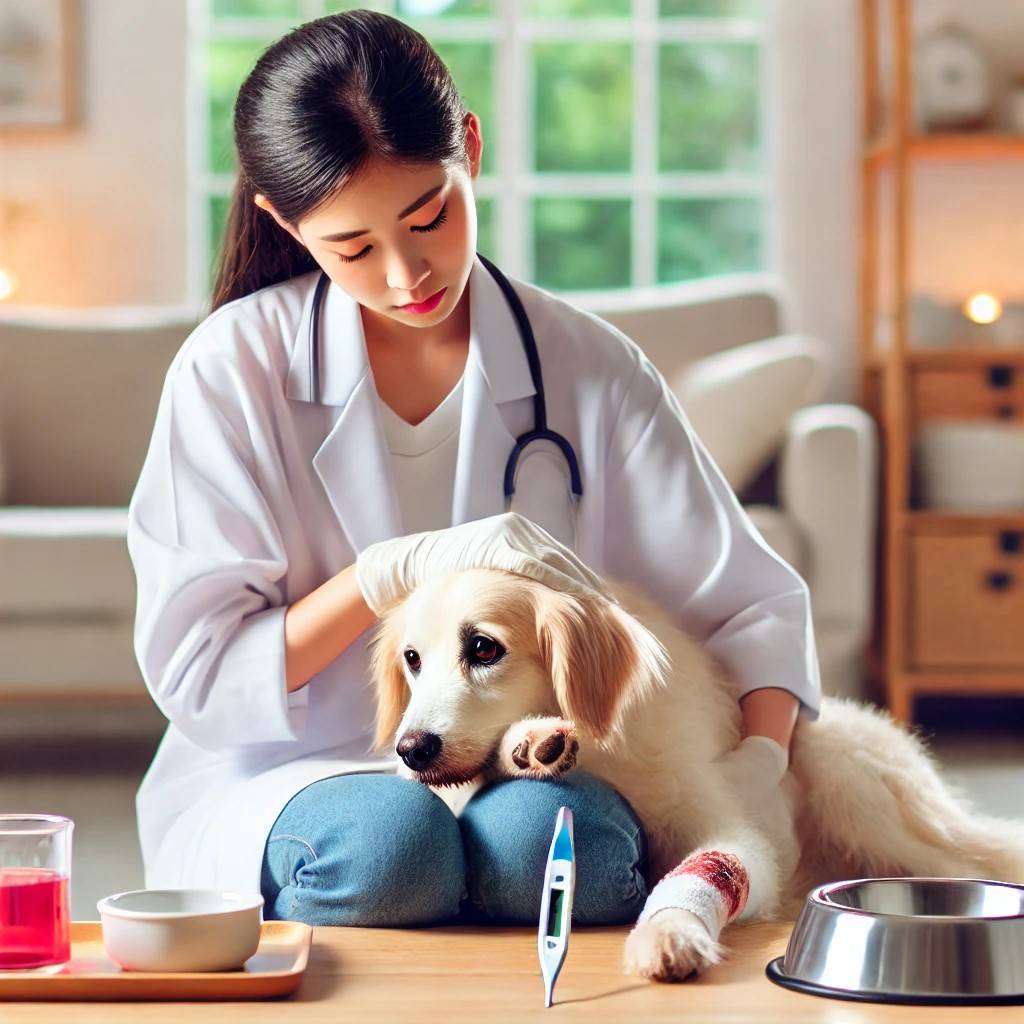Dog Eye Infection: Common Cause and Effective Remedies
Discover common causes and effective remedies for dog eye infection. Keep your furry friend’s eyes healthy and bright.
Key Takeaways
| Symptom | Potential Cause |
| Red, swollen eyes | Allergies, injury, or infection |
| Excessive tear production | Irritation or blocked tear ducts |
| Green or yellow discharge | Bacterial or viral |
| Squinting or pawing at eyes | Discomfort from |
|
Cloudiness or bluish haze, |
Corneal ulcer or glaucoma |
As a responsible pet owner, it’s essential to be aware of the potential for dog eye infections and know how to recognize the signs. Eye issues in dogs can range from mild irritation to severe, sight-threatening conditions. In this comprehensive guide, we’ll explore the common causes of Canine Ocular Infection, their symptoms, and effective remedies to help keep your furry friend’s eyes healthy and happy.
Dealing with a Puppy Eye Ailment can be a stressful and concerning situation for any pet parent. These infections can cause discomfort, and vision impairment, and even lead to more severe eye problems if left untreated. By understanding the common causes and symptoms of dog eye infection, you’ll be better equipped to recognize the issue and seek prompt treatment.
Common Causes of Dog Eye Infection
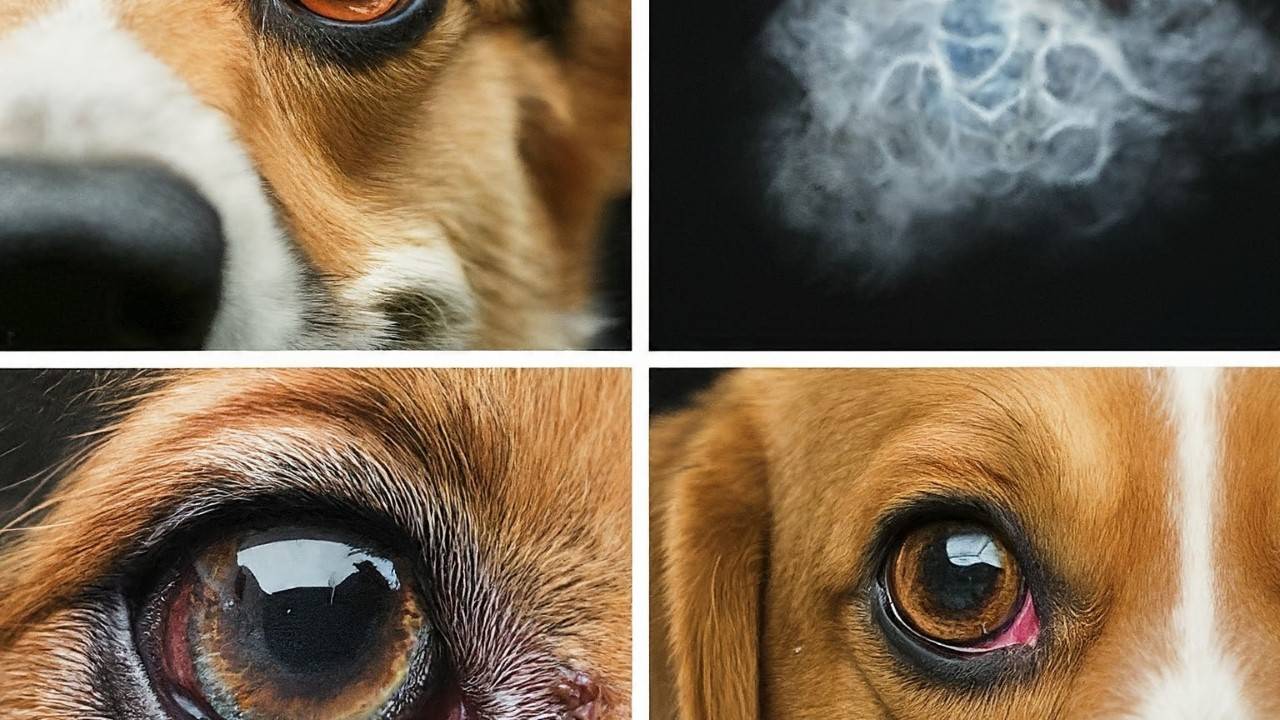
There are several potential causes of Canine Ocular Infection, ranging from environmental factors to underlying health conditions. Here are some of the most common culprits:
- Allergies: Just like humans, dogs can develop allergies to various substances, such as pollen, dust, or certain foods. These allergies can trigger inflammation and irritation in the eyes, leading to a dog eye infection.
- Injuries or Foreign Objects: Scratches, cuts, or foreign objects (like grass seeds or debris) entering the eye can create an entry point for bacteria and viruses, resulting in dog Eye Irritation.
- Tear Duct Obstruction: If a dog’s tear ducts become blocked, tears can accumulate in the eyes, creating an ideal breeding ground for bacteria and leading to a dog eye infection.
- Congenital or Inherited Conditions: Some dogs may be predisposed to certain eye conditions because of their breed or genetics, increasing their risk of developing Dog Eye Irritation.
- Immune System Issues: Dogs with weakened immune systems, such as those undergoing chemotherapy or suffering from autoimmune diseases, are more susceptible to various infections, including those affecting the eyes.
- Dry Eye: Also known as keratoconjunctivitis sicca, dry eye occurs when a dog’s tear production is inadequate, leaving the eyes vulnerable to irritation and infection.
Symptoms of Dog Eye Infection
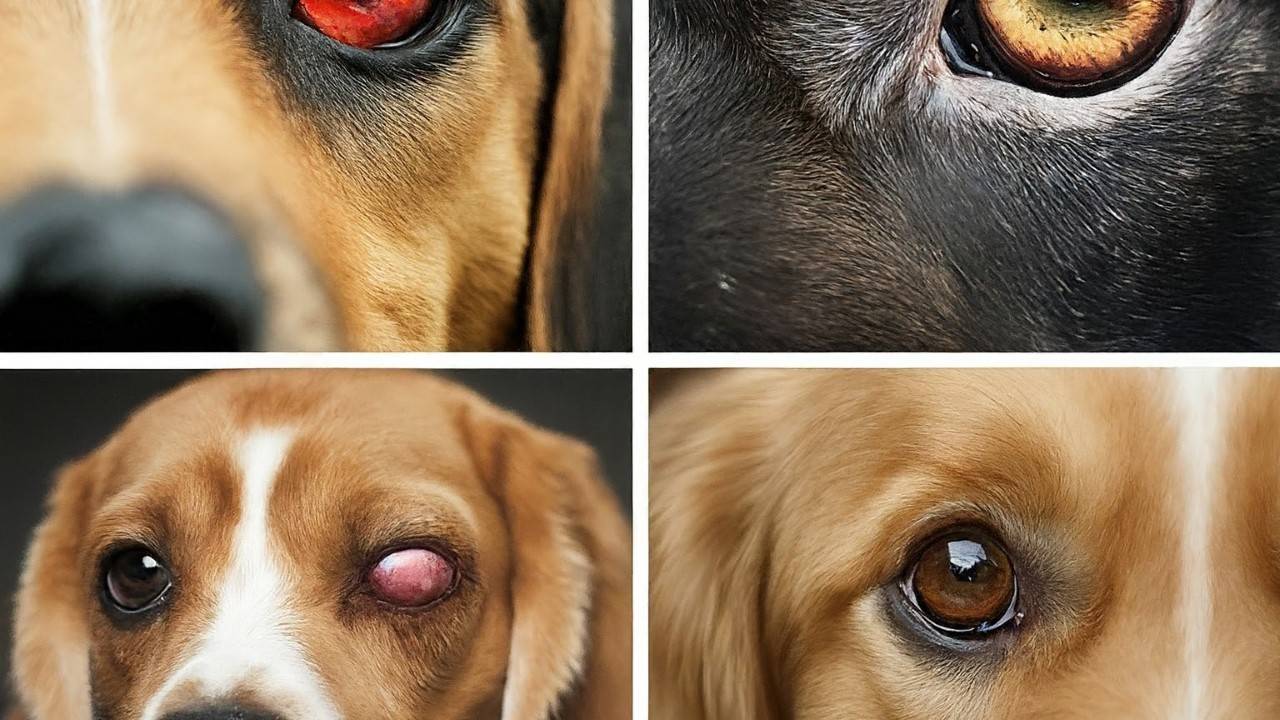
Recognizing the signs of Dog Eye Irritation is crucial for seeking prompt treatment and preventing further complications. Here are some common symptoms to watch out for:
- Redness or swelling around the eye area.
- Excessive tear production or discharge (clear, yellow, or green)
- Squinting or pawing at the affected eye(s)
- Cloudiness or a bluish haze over the eye
- Sensitivity to light
- Decreased appetite or lethargy (in severe cases)
If you notice any of these symptoms in your dog, it’s essential to consult with your veterinarian as soon as possible.
Effective Remedies for Dog Eye Infection
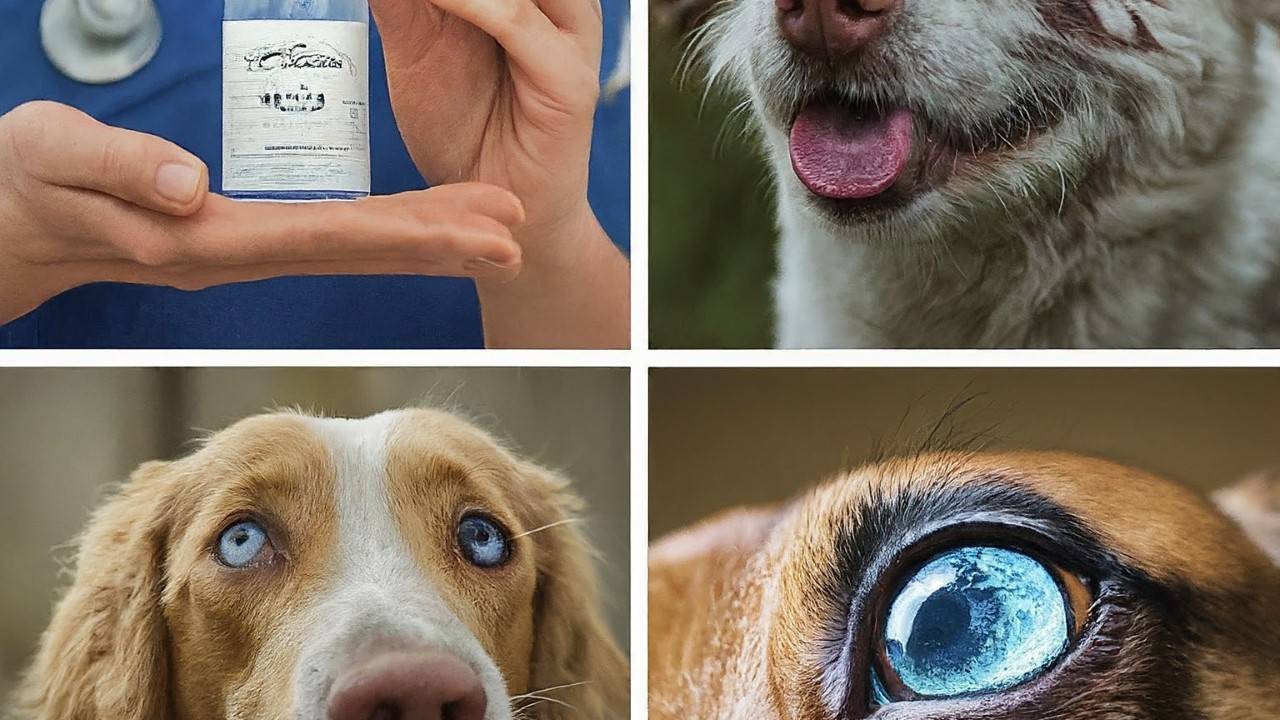
Treating a dog eye infection often involves a combination of approaches, depending on the underlying cause and severity of the condition. Here are some common remedies:
- Medicated Eye Drops or Ointments: Your veterinarian may prescribe antibiotic, antiviral, or anti-inflammatory eye drops or ointments to help combat the infection and reduce inflammation.
- Oral Medications: In some cases, oral antibiotics or anti-inflammatory medications may be necessary to treat the infection or address underlying conditions contributing to the eye problem.
- Flushing and Cleaning: For mild cases or as a supportive measure, your vet may recommend gently flushing the affected eye(s) with a sterile saline solution or using a warm compress to help clear away discharge or debris.
- Allergy Management: If allergies are the root cause of the dog’s eye infection, your vet may suggest antihistamines, immunotherapy, or dietary changes to help manage the allergic response.
- Surgery: In severe cases or for specific conditions (such as correcting tear duct obstructions or removing foreign objects), surgical intervention may be necessary.
It’s important to follow your veterinarian’s instructions carefully and complete the full course of treatment to ensure the dog eye infection is fully resolved and to prevent recurrence.
Home Care and Prevention
Besides veterinary treatment, there are several steps you can take at home to aid in your dog’s recovery and help prevent future eye infections:
- Keep the eye area clean by gently wiping away any discharge with a warm, damp cloth.
- Avoid exposing your dog to potential irritants or allergens that may exacerbate the condition.
- Ensure your dog receives proper nutrition and stays well-hydrated, as a healthy immune system is crucial for fighting off infections.
- Regularly check your dog’s eyes for any signs of irritation or abnormalities and seek veterinary attention promptly if concerns arise.
- Use protective eye gear (such as doggy goggles) during grooming or outdoor activities to prevent injuries or foreign objects from entering the eyes.
By being proactive and attentive to your dog’s eye health, you can help prevent and effectively manage Dog Eye Irritation.
Advanced Treatments and Care for Dog Eye Infection

While many Puppy Eye Ailment cases can be effectively treated with the remedies mentioned above, some situations may require more advanced or specialized care. In this section, we’ll explore additional treatment options and considerations for more complex or recurring eye problems in dogs.
Advanced Treatments
- Topical or Systemic Antifungal Medications: In cases where a fungal infection is the culprit, your veterinarian may prescribe topical or oral antifungal medications to combat the infection.
- Immunosuppressive Therapy: For autoimmune-related eye conditions or severe inflammatory responses, immunosuppressive drugs may be necessary to help control the immune system’s overreaction.
- Stem Cell Therapy: Regenerative therapies, such as stem cell therapy, have shown promise in treating certain eye conditions in dogs, including corneal injuries and dry eyes.
- Laser or Cryotherapy: Depending on the specific condition, laser, or cryotherapy (freezing) treatments may be used to remove or treat abnormal growths or lesions on or around the eye.
- Surgical Interventions: In cases of cataracts, glaucoma, or other severe eye conditions, surgical procedures may be recommended to restore vision or prevent further damage.
Ongoing Care and Monitoring
For dogs with chronic dog eye infections or other eye conditions, ongoing care, and monitoring are crucial. Here are some tips for managing long-term eye health:
- Follow your veterinarian’s recommended schedule for follow-up appointments and diagnostic tests (such as eye pressure checks or corneal staining).
- Administer any prescribed medications or treatments consistently and as directed.
- Keep a log of your dog’s symptoms, medications, and any changes you notice to discuss with your veterinarian.
- Make necessary adjustments to your dog’s environment or routine to minimize exposure to potential triggers or irritants.
- Consider seeking a second opinion or referral to a veterinary ophthalmologist for complex or unresolved cases.
By working closely with your veterinary team and staying vigilant about your dog’s eye health, you can help ensure the best possible outcome and quality of life for your furry friend.
Conclusion
Dealing with a dog eye infection can be a challenging and stressful experience for both you and your beloved pet. However, by understanding the common causes, recognizing the symptoms early, and seeking prompt veterinary care, you can effectively manage and treat these conditions.
Remember, prevention is key for Puppy Eye Ailment. By maintaining hygiene, providing proper nutrition, and protecting your dog’s eyes from potential irritants or injuries, you can significantly reduce the risk of eye problems.
If you do notice any concerning symptoms or changes in your dog’s eye health, don’t hesitate to consult with your veterinarian. Early intervention and appropriate treatment can often prevent minor issues from escalating into more serious, sight-threatening conditions.
FAQs
Can dog eye infections be contagious to other pets or humans?
In most cases, dog eye infections caused by bacteria or viruses are not easily transmissible to other pets or humans. However, it’s still important to practice good hygiene when handling an infected dog, such as washing your hands thoroughly after contact and avoiding touching your own eyes, nose, or mouth.
How long does it typically take for a dog eye infection to clear up with treatment?
The duration of treatment can vary depending on the underlying cause and severity of the infection. Mild cases may resolve within a week or two with appropriate treatment, while more severe or chronic infections may take several weeks or even months to fully clear up.
Can I use over-the-counter eye drops or ointments to treat my dog’s eye infection?
It’s not recommended to use over-the-counter eye medications intended for human use on your dog. These products may contain ingredients that are unsafe or ineffective for dogs, and they may even exacerbate the condition. Always consult your veterinarian before administering any medication to your pet.
Can certain dog breeds be more prone to dog eye infection?
Yes, some dog breeds may be more susceptible to certain eye conditions or infections because of their genetic makeup or physical characteristics. For example, brachycephalic breeds (those with short snouts, like Pugs or Bulldogs) are more prone to eye problems because of their facial structure and the potential for tear duct abnormalities.
Can dog eye infection lead to vision loss or blindness if left untreated?
In some cases, severe or untreated dog eye infections can lead to complications that may result in vision impairment or even permanent blindness. This is why it’s crucial to seek prompt veterinary attention and follow the recommended treatment plan to prevent long-term damage to your dog’s eyes and vision.
Remember, early detection and proper treatment are key to effectively managing dog eye infections and ensuring the best possible outcome for your furry friend’s eye health and overall well-being.


